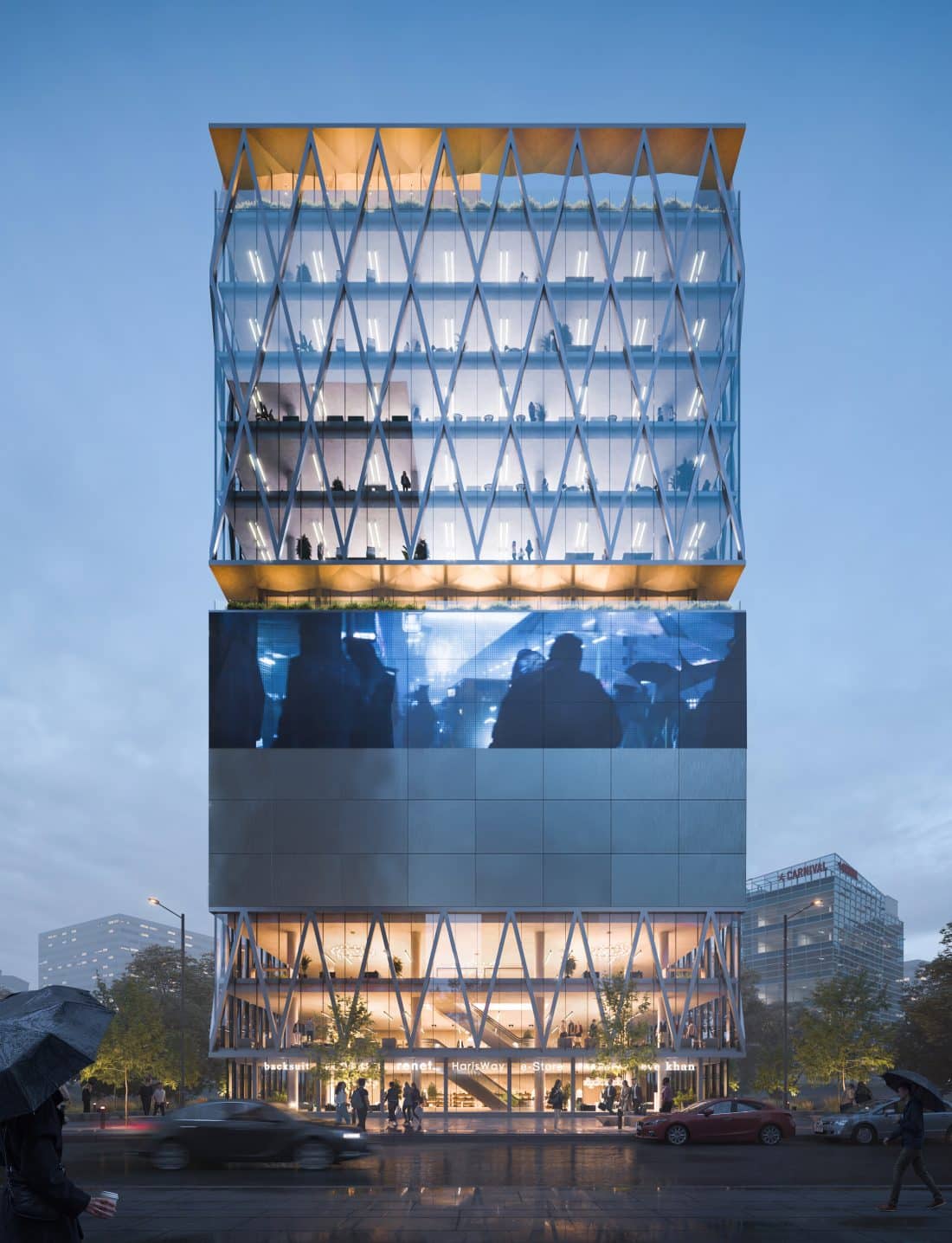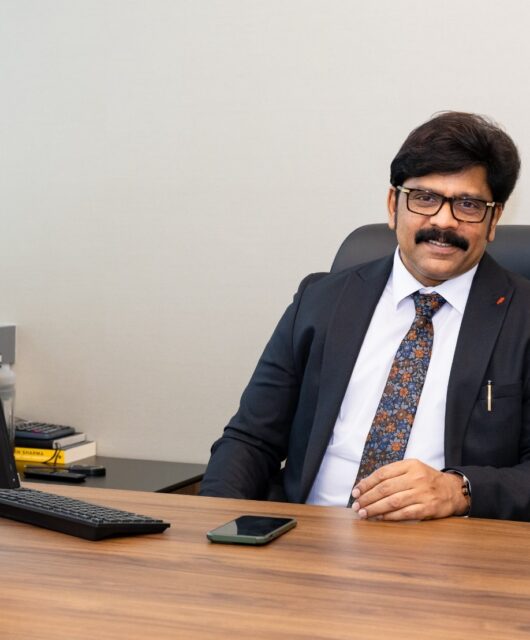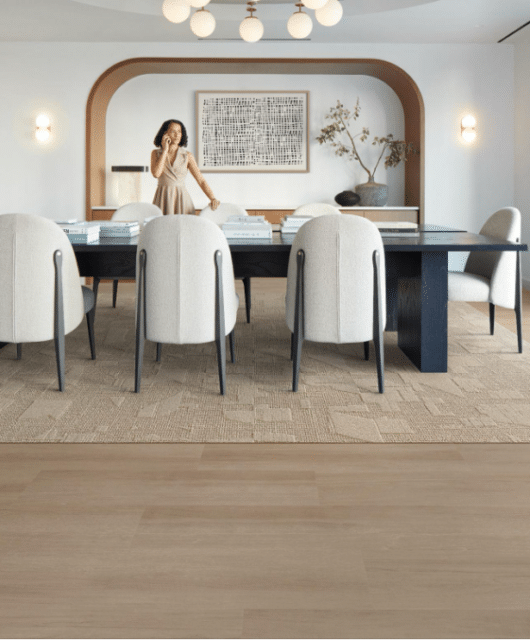 Dicky Lewis, director of London-based White Red Architects, discusses innovative design and construction techniques for addressing climate change
Dicky Lewis, director of London-based White Red Architects, discusses innovative design and construction techniques for addressing climate change
In the past few decades, the Middle East has become one of the most forward- thinking and innovative areas for design and building development. One of the most exciting prospects is that the majority of upcoming developments, master plans and ‘Giga projects’ across the region have such an emphasis on the importance of sustainability in response to the global climate crisis.
Three key considerations for sustainable design within the Middle East and beyond
1| Build to minimise environmental and biodiversity impact
An increasingly important topic is to look beyond just the typical carbon or energy strategies of a project and to consider biodiversity and the integration of eco-friendly, biodegradable materials into building design.
Biodegradable materials minimise the negative impact on the surrounding environment as they do not release contaminants, whereas typically, the more traditional construction materials can result in the accumulation of waste products and even toxic chemicals. Buildings and cities have an increasingly large impact upon habitats and vulnerable species that they contain. Incorrect prioritisation of ‘greenwash’ sustainable strategies are often driven by marketing or ‘tickboxing’ can be a distraction from the importance of the biodiversity impact of the building.
The environmental impact of the development will typically require the consideration of the siting and location of the design project. For example, projects near rivers, lakes or seas should consider the results of the use of materials such as polystyrene beads and plastic fragments which may end up in the waters and impact the nearby marine life. Examination of the environmental impact not only includes the consideration of the use of materials but also extends to ensuring the specification of materials determines the reduction of toxic waste or packaging from the building site. A recent project we designed was a villa resort and hotel within an ancient forest of the Guangdong region in China. In order to ensure minimal intrusion on the surrounding context of the forest, we made sure that our design prioritised biodiversity within its concept. By using natural materials such as timber-driven pile foundations, ensured that the building would have a minimal impact on the soil of the forest.

2| Consideration for the embodied carbon for the construction of the building
In the building life cycle, embodied carbon is the carbon dioxide equivalent typically associated with the construction phase of a project. Ensuring that this is a key consideration is an important strategy in the development of the future. Embodied carbon will usually involve the carbon emissions caused by extraction, manufacture, transportation, assembly, maintenance, replacement, deconstruction, disposal and end of life aspects of the materials and systems used to construct a building. The whole life carbon of the building is both the embodied carbon and the carbon associated with the operations typically involved in the occupation and use of a building (heating, cooling, powering, providing water etc.) Understanding the relationships between ‘embodied’ carbon and ‘occupational’ carbon can be crucial in determining the overall success of carbon reductions. As we build increasingly energy-efficient buildings that use less energy to run and potentially utilise low or zero-carbon heat and power sources, the amount of the building’s life cycle carbon that comes from the embodied carbon becomes more significant. A current project which we are designing is a shopping complex and new showroom in Dammam, Kingdom of Saudi Arabia. The primary aim of this project was to both provide the shopping mall required by the brief but also to create a design that considers the embodied carbon and the overall use lifecycle for the building. The structure of rammed earth and timber (as well as being carbon neutral) creates thermal mass, controlling temperatures during the day and night. Entrances and openings have been carefully considered within the wider context of the city and on the ground floor, the building has been recessed to create a protected, shaded colonnade that wraps around the site and forms part of the public realm.
3| Design to maximise re-use of materials and zero waste
Architects have a responsibility to promote design that reduces the significant impact on the natural environment, economy, and society – from the number of hazardous materials generating pollution to the use of materials that come from increasingly limited resources. As the global population grows, and materials become scarce, it is essential that we adopt construction methods that can respond to this situation. Globally, construction has a significant impact on the consumption of energy (40% of total worldwide energy), production of waste (30-40%) and CO2 emissions (35-40%). Whilst this is currently a significantly negative impact, it also provides a great opportunity for improvement. An increasingly important strategy we have been exploring is improving the reduction of waste incorporated into a building. This can be summarised in the Cradle to Cradle concept.

The Cradle to Cradle concept was co-developed by the German chemist Michael Braungart and architect William McDonough. They describe the principle of two continuous cycles (circular economy): the Nondurable and Durable consumer goods. Nondurable consumer goods are biodegradable and return to the natural nutrient cycle. Durable consumer goods are broken down into separate raw materials after use and returned to a technical cycle. Material quality is retained, so downcycling is avoided. All ingredients are chemically safe and recyclable. There is no waste in the conventional sense – only reusable nutrients. One of our office projects which is currently under construction in Mumbai aims to incorporate building materials, furniture and finishes which can be disassembled and reused at a later point. Working with manufacturer and furnishing companies has been an essential part of ensuring this is possible and continuing the discussion with sustainability engineers has been an important process in ensuring more of our projects can incorporate all of the strategies mentioned above.







